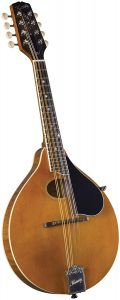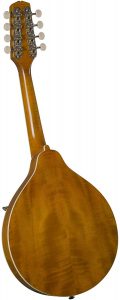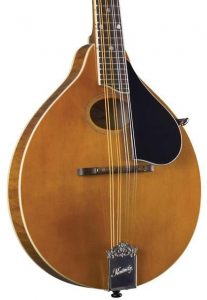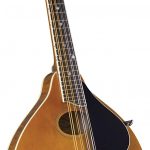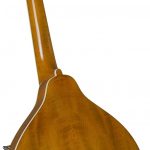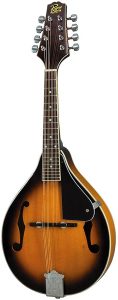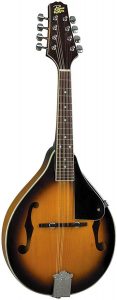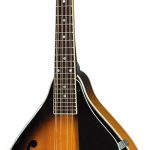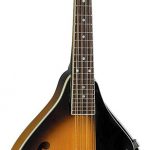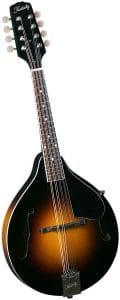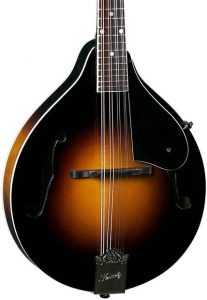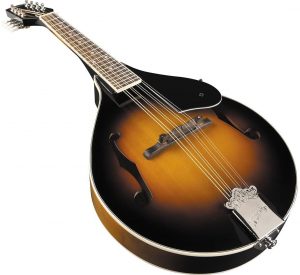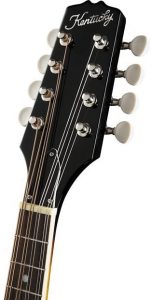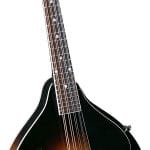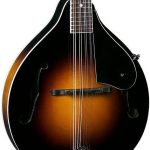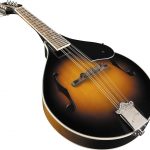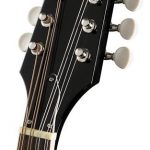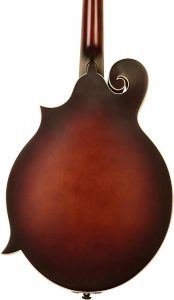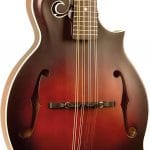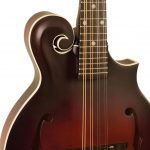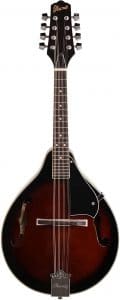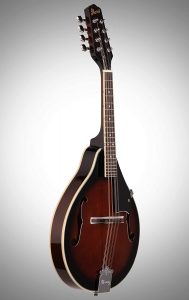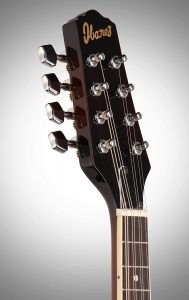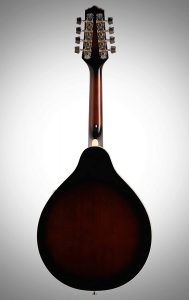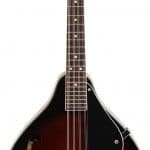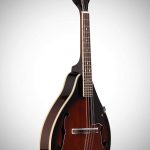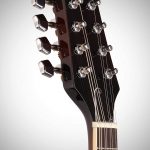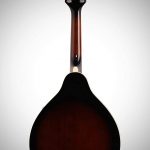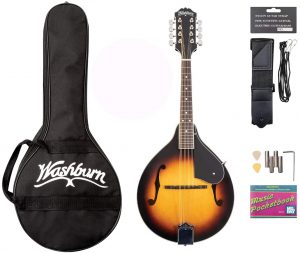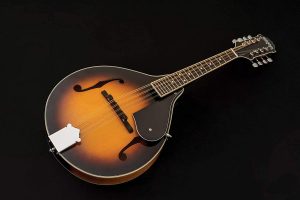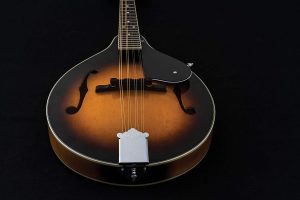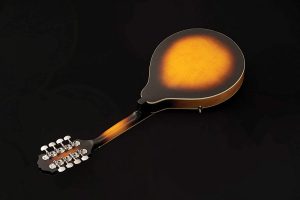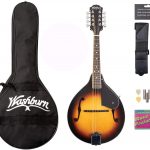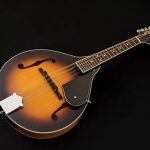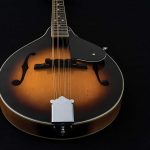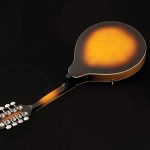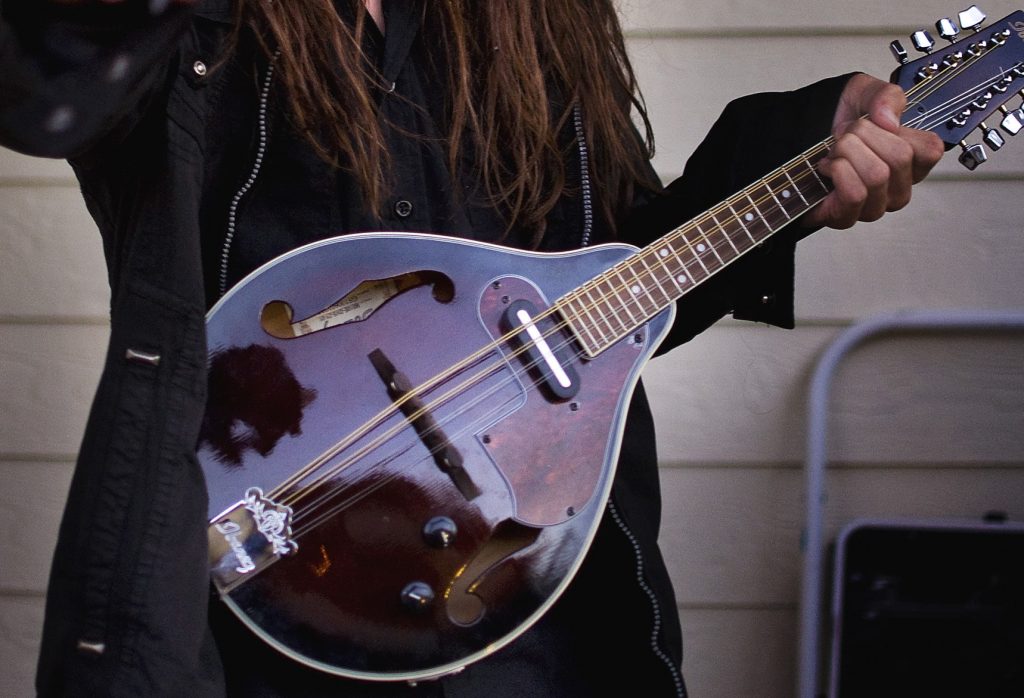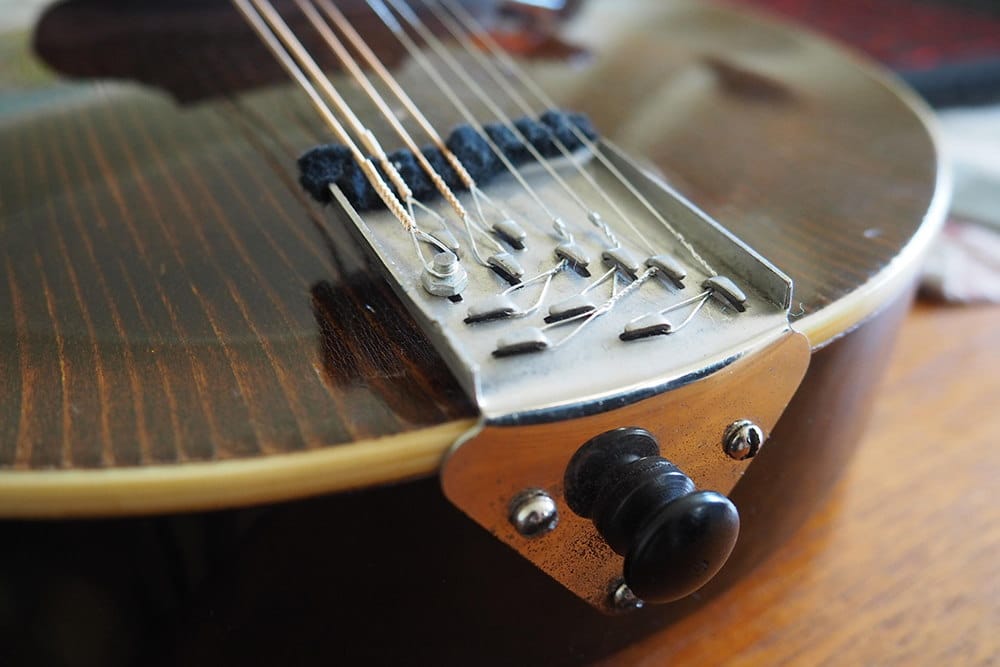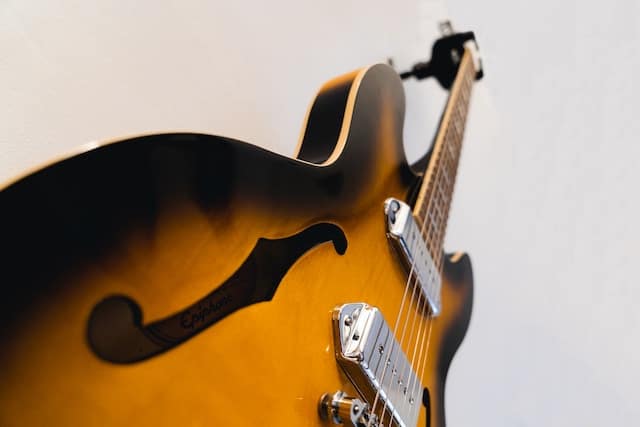What is a mandolin?
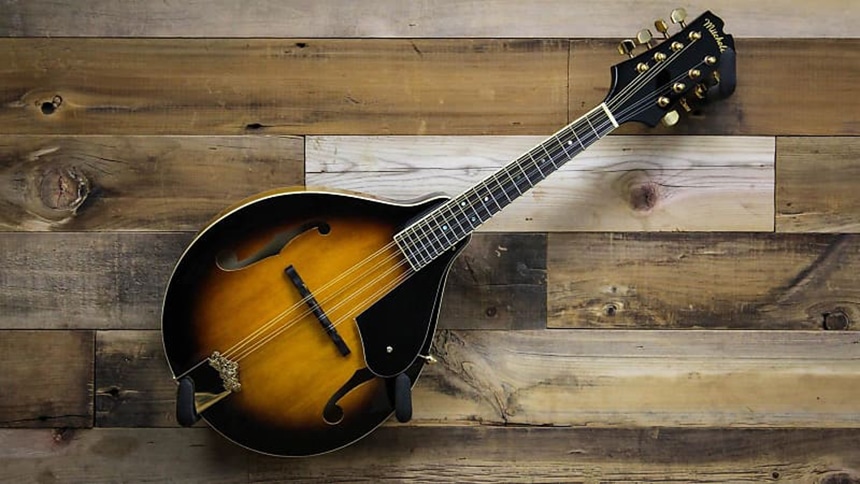
A mandolin is a variant of a lute, it has eight strings, a short neck and it can create some interesting sounds. Mandolins have a long history which makes them well suited to certain types of traditional music such as bluegrass. However, it can be tricky to choose the right mandolin to suit your needs. A mandolin can be made with a number of materials and in a wide range of styles. These and other factors can have a major impact on the tone and build quality.
Benefits of mandolins
Many people that have played a guitar or are looking to learn something different will quickly notice that a mandolin is a much smaller instrument. This makes the mandolin and other small acoustic stringed instruments such as banjos an attractive choice for those with smaller hands or less playing space. A mandolin has a smaller fretboard than a guitar and they are strung with lighter gauge strings making this an easier instrument for children to learn. Also, if you’re interested in getting back to your musical roots you may want to learn the mandolin because the pitch of the strings is higher.
Features to consider when choosing the best mandolin for beginners
There are plenty of brands, designs and styles of mandolins. Here we’ll explore the features to consider to help you to make your purchase decision.
A-style, F-style or bowl-back
Most modern mandolins are available in three basic body shapes, they are: A-style, F-style and Bowl-back. The body shape that you choose will determine the appearance and style of music that you want to play and it will affect the price.
Let’s take a closer look at each body shape in a little more detail.
A-Style: A new mandolin player will prefer either an A or F-style instrument. Both of these mandolin types date back to the 1920s when the Gibson Company employed Lloyd Loar to develop a new and an easy to build mandolin style with compromising sound quality. Most of the differences between A and F-style mandolins are purely cosmetic but they can vary a great deal in terms of tone and the variation in styles can affect how they are played. An A-style mandolin has a pear-shaped body and they are often known as “flat backed mandolins” to separate them from Bowl-back instruments. Despite this moniker, an A-style mandolin still has a slightly rounded back to the instrument. An A-style mandolin can have a pair of “F” shaped sound holes or a single “O” shaped sound hole at the center like the Kentucky KM-272 Artist Oval Hole A-Style Mandolin on our list. This type of mandolin is typically easier to build than a F-style mandolin and this makes them less expensive. Many musicians that play Celtic, Folk and classical music prefer an A-style mandolin over an F-style instrument.
F-style: An F-style mandolin usually has a more ornately carved body than an A-style instrument. Even the modern F-style mandolin designs follow the original design template of the F-5 Gibson model designed in the 1920s. Most F-style mandolins such as the Loar LM-310F-BRB Honey Creek F-Style Mandolin have a pair of “F” shaped sound holes rather than a single “O” shaped sound hole. They often have some points on the underside of the instrument to make the mandolin more comfortable to play on the lap when sitting. If you want to play country and bluegrass music the F-style mandolin is the best choice for you.
Bowl-back: The oldest and most traditional style is the bowl back mandolin and this is the best choice for classical and traditional folk music. This type of mandolin body has a very distinctive round back that harkens back to its roots in 18th century Italian music. Choosing a Bowl-back mandolin would be difficult for a new player, they may seem affordable, but the quality is typically low. This means that it can be hard to achieve a good tone with a Bowl-back mandolin and this can put beginners off learning the instrument. For this reason, we have not included any Bowl-back mandolins on our list.
Acoustic, electric or acoustic-electric
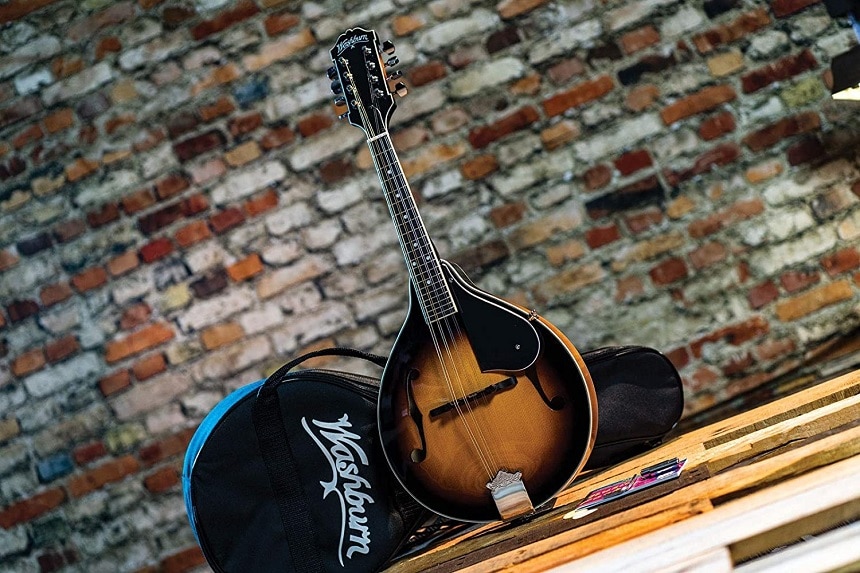
As you might imagine, an electric mandolin will cost more than an acoustic instrument because of the extra electronics and manufacturing processes. But, the intended use for your new mandolin should be the determining factor when making the final choice. As an example: if you’re learning to play the mandolin at home your needs will be very different than playing in a bluegrass band or a mandolin orchestra. If you’re very new to playing the mandolin you’re not likely to need amplification any time soon. For this reason, we have not included any acoustic electric or purely electric mandolins on our list.
However, if you do want to amplify your mandolin you can record the instrument using an instrument microphone that runs into an amplifier, mixer or audio interface. This can work well if you learn how to mic up an acoustic instrument (there are many tutorials online) but it’s a less effective method if you want to record multiple acoustic instruments. When you try to record more than one acoustic instrument at the same time with a microphone the sounds of nearby instruments tend to bleed into the recordings. This can sound good if you only have a couple of instruments playing but a full band may be a stretch without a professional sound engineer.
An acoustic-electric mandolin bridges the gap between an acoustic and electric mandolin. They have similar specifications to an acoustic mandolin and they can be played without amplification. But, they also have a piezo electric pickup installed in the bridge which allows the string vibrations to be amplified and fed into an effects pedal or other audio device.
When you’ve learned to play, you may find that you’re starting to plug your mandolin on a more frequent basis. At this point you may want to invest in an electric mandolin with a semi-hollow body. These instruments are the same principle as an electric guitar when compared to an acoustic guitar. A center block is installed in the mandolin that reduces feedback and tone quality when played acoustically to accommodate the electronics. Many mandolin players have multiple instruments but if you’re on a budget, you want to record and you don’t have a microphone it is possible to install a piezo electric or magnetic pickup on an acoustic mandolin.
Construction material
The body shape of an F-style mandolin and an A-style model such as the Epiphone MM-30S will have some effect on the tones that you can achieve. But, a greater factor on the overall sound is the materials used in the construction of the mandolin. Different areas of the instrument are placed under varying degrees of stress and most mandolins are made with different types of wood. The types of wood that are used in various parts of the mandolin will affect whether a specific mandolin will be a lower or higher quality instrument.
The soundboard or the top of the mandolin is the most important factor when it comes to the tone of the instrument. A good mandolin such as the
Loar LM-310F-BRB Honey Creek F-Style Mandolin will have a light and strong top that generates a great tone. This is why spruce is always in high demand for a wide variety of acoustic instruments such as pianos and guitars. Some budget mandolins use cedar or mahogany instead which imparts a lower and duller tone that cannot cut through when playing with a band.
The least expensive mandolins have a laminate top where layers of wood are pressed together. At first glance, the top may look like spruce, but the layers underneath may be cedar or mahogany. A laminate top can be strong and durable, but each layer has weak points due to differing grains and this will affect the sound quality too. But, for most beginners this isn’t much of a problem, the focus is on learning to play and a laminate top is very affordable. Mandolins such as the Kentucky KM-150 Standard A-model Mandolin have various woods (typically maple) for various parts of the body and soundboard.
In terms of the soundboard, rosewood is a popular choice but ebony is the preferred choice for those seeking the best playing action. The wood chosen for the mandolin neck is important when it comes to the quality of the instrument. A mandolin neck can be prone to warping and bending which will affect the tuning and playability. The neck must be rigid and this is why mahogany and maple are preferred. When it comes to the mandolin neck, a laminate neck is a good choice because the layer of various wood grains can help the structure to resist warping. So, many mandolin necks are made from two or perhaps more pieces of wood that are glued and layered together. Many mandolin necks have a truss rod that allows the player to adjust the neck to get a superior sound.
The last part of the mandolin to consider is the bridge which many guitar players may be surprised to discover is a moveable piece. A mandolin bridge is usually made from rosewood or ebony which is a less common alternative. The bridge is wedged under the strings and when they are changed it must be set up again to get the correct tone. Many mandolins have a durable coated finish to protect the instrument but this can affect the sound quality considerably.
Accessories

Most of the mandolins on our list don’t come with much in the way of accessories because they are at the affordable end of the price range. A notable exception is the Washburn Americana M1-Pack with Gig Bag which comes with everything that you need to get started. If you’re on a very tight budget don’t forget about spare picks, strings and a bag to protect your investment when travelling to practice.
Price
An expensive mandolin could cost as much as $10,000 but most of us are going to learn on an instrument that’s far more modest. Some of the least expensive models on our list will cost between $50 up to $100 and they are good enough to learn how to play. Stepping up to an instrument that suits an intermediate player such as the Kentucky KM-272 Artist Oval Hole A-Style Mandolin is a great next move. Players will get a better tone, improved playability and they still don’t have to break the bank. After that, it really is up to the player, how far they want to take their hobby and how much they have to spend on a mandolin is subjective. But, many players do have more than one instrument for practice and playing live and it’s always nice to hand down the mandolin you learned on to someone else to help them get started.







